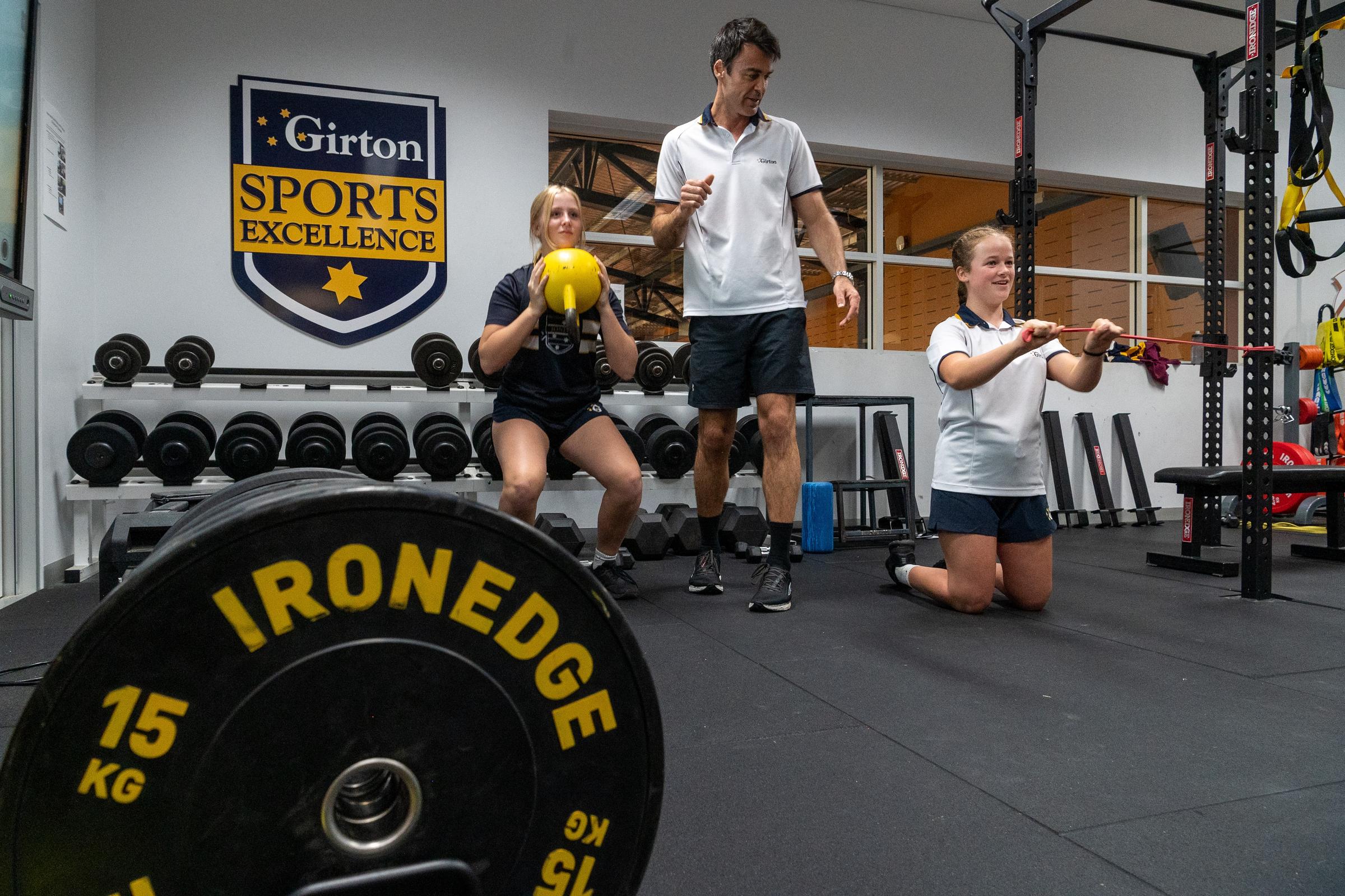The Million Dollar Question: What Do I Need To Work On?

Sports Excellence News
At the start of the year, the Sports Excellence Program invested in a set of force plates to help test athletes more accurately. We are one of only a handful of schools in the state to have this kind of technology, which is often reserved for universities and elite sporting clubs.
The testing equipment allows us to understand our athletes' strengths and weaknesses better so we know where to focus our efforts in class.
One of the key metrics we can look at is called the Dynamic Strength Index (DSI)
The DSI is the ratio between the athlete's ballistic peak force and isometric peak force to identify how optimal an athlete produces force. This is calculated using two tests.
IMPT is used for maximal force output, whereas the CMJ is used for testing the concentric force being put through the ground.
Essentially your IMPT number is your savings in the bank; the higher this number, the more strength you have. Your CMJ number is your spending, the amount you can concentrically put through the ground.
Let's say Nathan's Maximum force (IMTP) is 2,000 units and his CMJ is 1,800. This is only a 10% difference; no matter how much plyometric work Nathan does, we won’t see any change to this number as he’s almost maxed out. We need first to increase his strength before we can look to improve his concentric force production (CMJ result). If we can bump up his maximum force (IMTP number) to 2,500 or even 3,000, suddenly, this percentage becomes lower and we can then chase some more plyometric work.
Without knowing these numbers, we could waste a whole training block chasing something that just isn’t there.
“If you can’t measure it, you can’t improve it.”
To Calculate DSI: CMJ peak force/ Isometric peak force
- A higher DSI suggests more time be spent on maximal strength.
- A lower DSI suggests more time be spent on the rate of force development (speed-strength/ plyometric options)
Low <0.60- Ballistic Strength Training
Moderate 0.60- 0.80 Concurrent Training
High >0.80 Maximal Strength Training
Mr Ben Furphy
Head of Athletic Development


